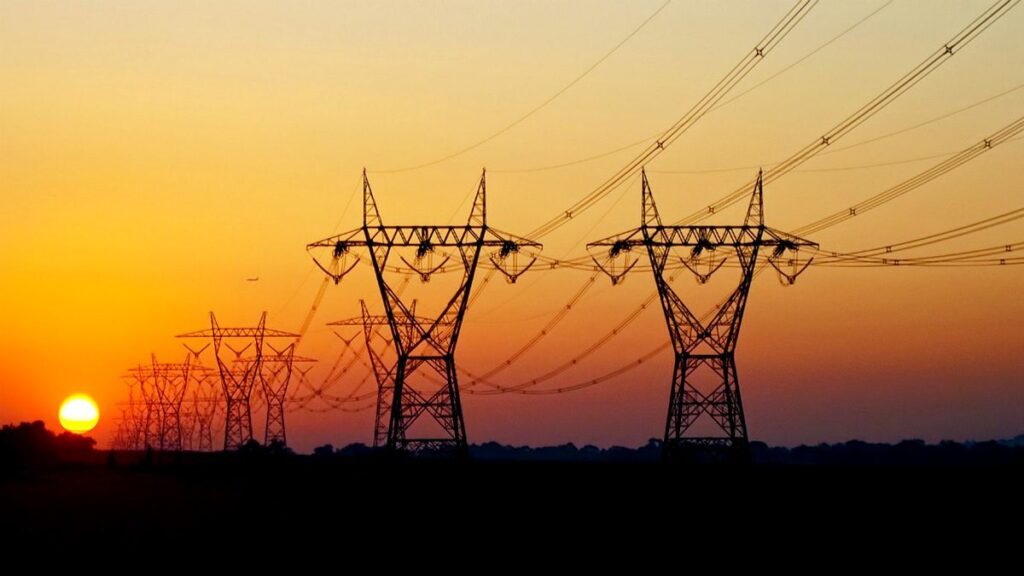Kriti Sharma

The power industry in Punjab is at a crossroads where political, regulatory, and economic factors intersect. State power policies, such as free electricity programs and subsidies, have long been entwined with political dynamics, and have determined policy choices and election results. While the goal of these policies is to assist low-income households and farmers, they also come with their set of challenges.
India’s electricity sector was liberalised in the early 1990s, allowing for private involvement to boost investment and efficiency. Following this, Punjab allowed private companies to produce and distribute electricity under Chief Minister Beant Singh.
As of 2021-22, Punjab’s own power generation capacity of 2,775 MW yielded 7,109 MUs, but after accounting for auxiliary consumption and other deductions, the net output was 6,710 MUs. The state’s allocation from Bhakra Beas Management Board (BBMB) added 3,429 MUs, whereas independent power producers (IPPs) within Punjab emerged as the largest contributors, supplying 19,137 MUs. A substantial dependence on external sources is evident, with net imports, including the central sector share, reaching 30,634 MUs, nearly 49% of the total power availability. Today the state’s per capita consumption stands at 1809 kWh with a projected increase of 5.6% (CAGR) between 2023-24. A rough guesstimate shows the state running into an electricity deficit in the near future if it fails to match the growth of consumption vis-a-vis generation.
A significant part of the electricity consumption in the state goes via subsidies. Punjab introduced its first power subsidy in December 1996 under Chief Minister Rajinder Kaur Bhattal, offering free electricity to farmers with up to seven acres of land. In February 1997, Chief Minister Parkash Singh Badal expanded it to all agricultural consumers. Since then this has only expanded, with financial burdens on distribution companies (DISCOMs) and the Punjab State Power Corporation Limited (PSPCL) taking the center stage today. Cross-subsidisation is a key feature of Punjab’s electricity pricing, where industrial and commercial consumers pay higher tariffs to offset subsidies for agriculture and households. In FY 2022-23, industrial power tariffs in Punjab were set at ₹7.22 per unit, while agricultural use was heavily subsidised. This pricing structure has had real-world consequences. From 2012-2018, high industrial tariffs became one of the reasons for industrial flight out of Punjab. The financial impact of subsidies is severe. PSPCL’s total income stood at ₹1,18,44,111.5 lakh, while its total expenditure reached ₹1,21,07,981.74 lakh, resulting in a cumulative loss of ₹2,63,870.24 lakh (-44.75%). In 2022-23 alone, PSPCL recorded a loss of ₹4,77,593 lakh. These losses have restricted investments in grid modernization and infrastructure improvements.
In June 2024, Punjab State Electricity Regulatory Commission (PSERC) raised tariffs by 11 paise per unit for domestic and 15 paise for industrial consumers to address a ₹654.35 crore revenue gap. This increase raised the average supply cost by 1.59% for FY 2024-25. In FY 2023-24, the state government extended a subsidy of ₹2,112 crore to PSPCL. The total subsidy by PSPCL in FY 2023-24 amounted to ₹18,627.80 crore, of which ₹8,809.50 crore was allocated to agriculture. A historical analysis of PSPCL’s rising procurement and operational costs shows an increase in the average per unit supply cost from ₹3.29 in 2005-06 to ₹7.67 in 2022-23, worsening its financial stability.
Additionally, electricity supply fluctuations have historically impacted Punjab’s economic output. During periods of power shortages in 2012-13 and 2016-17, industrial production slowed, with per capita industrial output growth dipping by 2.1% and 1.7%, respectively. Conversely, reliable power supply in 2022-23 coincided with a 6.2% rise in industrial GSDP. Punjab’s industrial sector consumed 11,294 million units of electricity in 2022-23, accounting for 19.3% of the state’s total power consumption. In 2021-22, the energy consumption by the industrial sector in Gujarat was 41,199.8 GWh, for Maharashtra it was 41,709.2 GWh, whereas for Punjab it was only 15,716.94 GWh — nearly 38% of the consumption of the other two states.
Way forward
Political choices and consequences have a significant impact on the direction of Punjab’s electricity. The provision of free electricity in Punjab has significantly influenced the state’s economic trajectory and political landscape. The farming community, which makes up a sizable portion of the electorate, has supported policies like free or subsidized electricity for agriculture. Although the goal of these subsidies is to help farmers, they frequently put DISCOMs under financial strain and may deter the use of energy efficiently.
To counter the burden on energy production as a result of subsidies, the state has introduced alternatives. The government has expanded renewable energy adoption, aligning with National Green Energy Rules in 2023. This has simplified open-access renewable procurement for industries. Punjab has implemented several demand-side management measures to optimize electricity consumption and enhance energy efficiency. Time-of-use tariffs have been introduced to encourage industrial consumers to shift their electricity usage to non-peak hours, thereby alleviating stress on the power grid during peak periods. State-backed programs promote the adoption of energy-efficient appliances, such as LED lighting and high-efficiency motors, contributing to reduced energy consumption. Additionally, behavioral interventions, including energy conservation campaigns that leverage insights from behavioral economics, have been launched to encourage voluntary reductions in peak-time electricity use.
However, teething problems continue to exist. Without urgent tariff reforms and subsidy rationalization, PSPCL’s growing deficits could lead to delayed infrastructure upgrades, supply disruptions, and unsustainability. If energy supply and infrastructure fail to keep pace, economic expansion could stagnate, further straining industrial and agricultural productivity.
For the state to continue to grow and prosper, a strategy that is sustainable and balanced becomes quintessential. Therefore, it would take a sophisticated strategy that considers the interests of many stakeholders to address the problems in the electricity sector as regards infrastructure investments, effective resource management, and subsidy reduction.
Kirti Sharma is an intern at PANJ Foundation.
